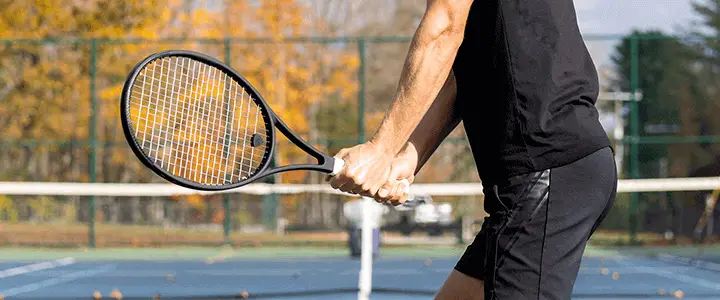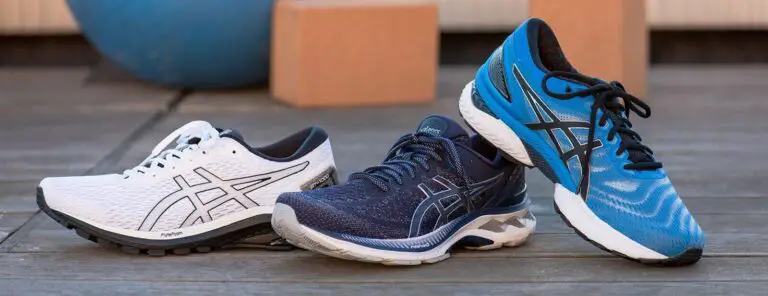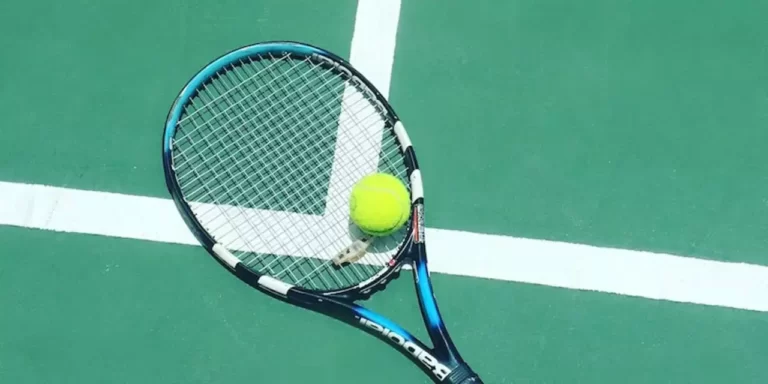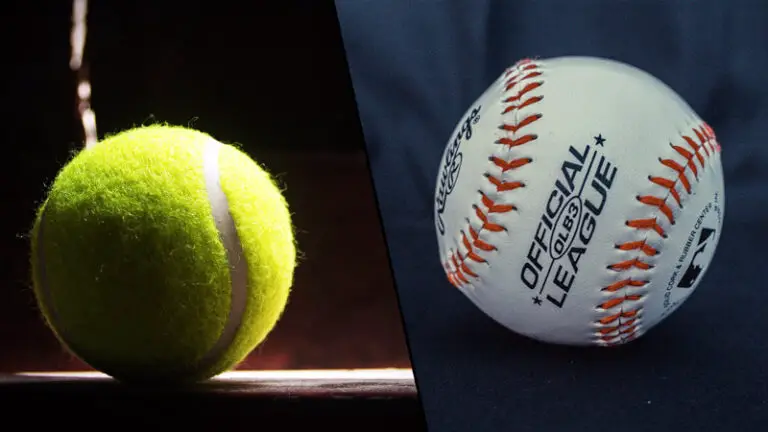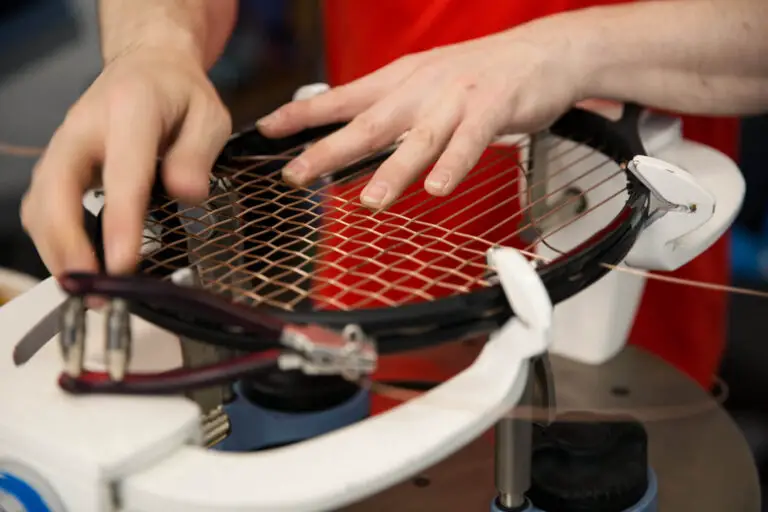Pressurized Tennis Balls Vs. Non-Pressurized (What’s The Difference Between Both?)
Are you a seasoned tennis pro, or are you just starting? You may have encountered the terms “pressurized” and “non-pressurized” when choosing tennis balls. What do these terms mean, and how do they impact your game?
The fundamental differences between pressurized and non-pressurized tennis balls will be discussed as we delve into tennis balls. So please take out your racket, and let’s begin!
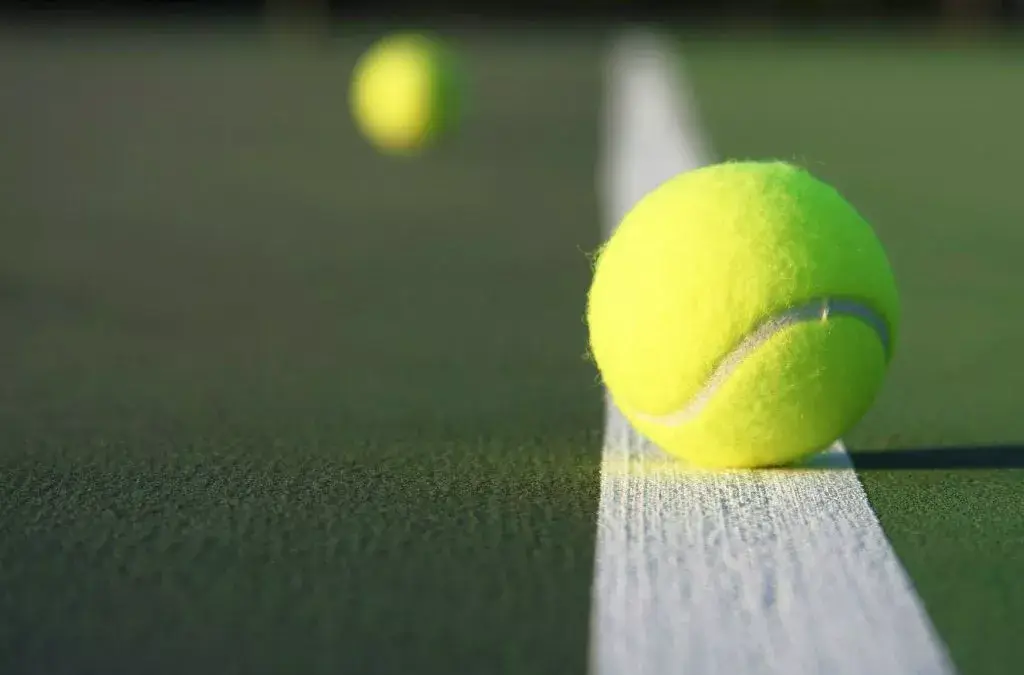
According to my experience, I prefer pressurized tennis balls. They enhance my gaming by providing a snappy bounce and tremendous spin potential. They are my first pick on the court due to their quickness and reliability.
Non-pressurized balls, on the other hand, have less potential for bounce and spin but offer durability and reliable performance. But I’ve outlined all of the distinctions between the two below! By the end of this article, You will be able to recognize the ball that best meets your needs.
Understanding Tennis Ball Construction
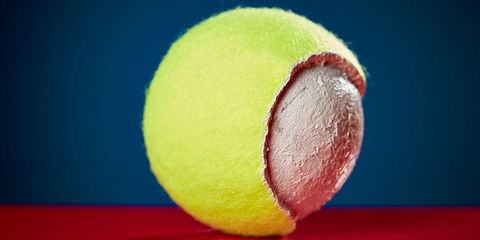
A pressurized rubber core covered in premium fabric, often wool combined with up to 35% nylon, makes up a tennis ball.
Before delving into the distinctions between pressurized and non-pressurized tennis balls, let’s first examine how they are made. Tennis balls comprise the pressurized core, the interior fabric, and the exterior cover.
The Outer Cover
The outer cover of a tennis ball is made of durable felt. This felt assists in giving the necessary grip and bounce during games. It also aids in preventing the internal components of the ball from degrading.
The Inner Fabric
Underneath the outer cover is the inner cloth layer. The pressurized core is enclosed by this layer, which acts as a cushion. It helps the ball maintain its shape during playing and absorbs impact.
The Pressurized Core
Now let’s discuss the core of the tennis ball. A pressurized tennis ball has pressurized air inside the core. A lively, responsive ball that performs consistently results from this pressurization. On the other hand, non-pressurized balls have a solid core that isn’t filled with pressurized air.
What are Pressurized Tennis Balls?
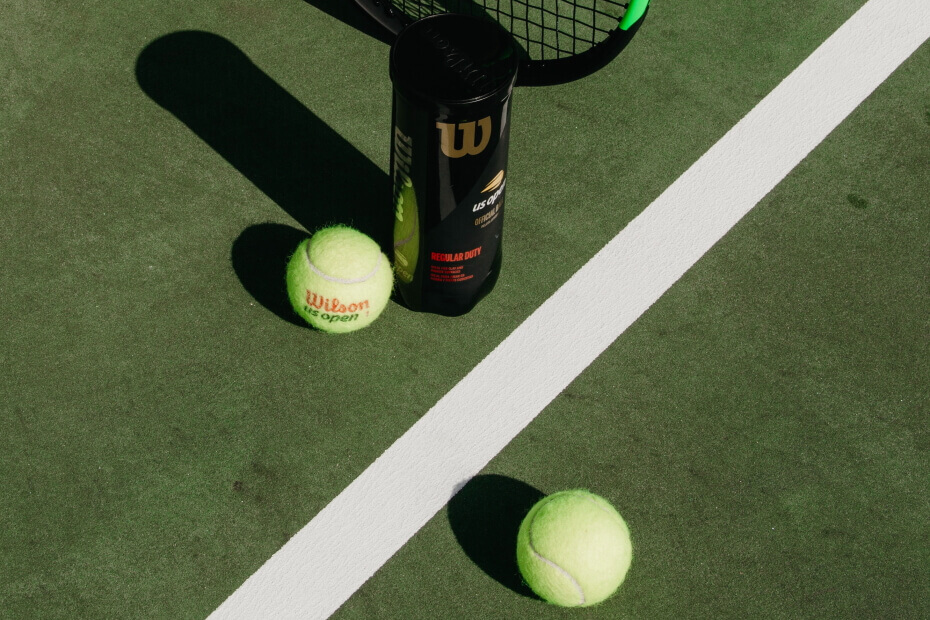
Pressurized tennis balls are a type of tennis ball that contains pressurized air inside the core. The pressurization process involves pumping air into the core and closing it to maintain internal pressure.
The pressurized air creates a lively and responsive ball with predictable bounce characteristics. These balls are commonly used in competitive games and competitions because of their performance characteristics.
Pressurized Tennis Balls: The Pros and Cons
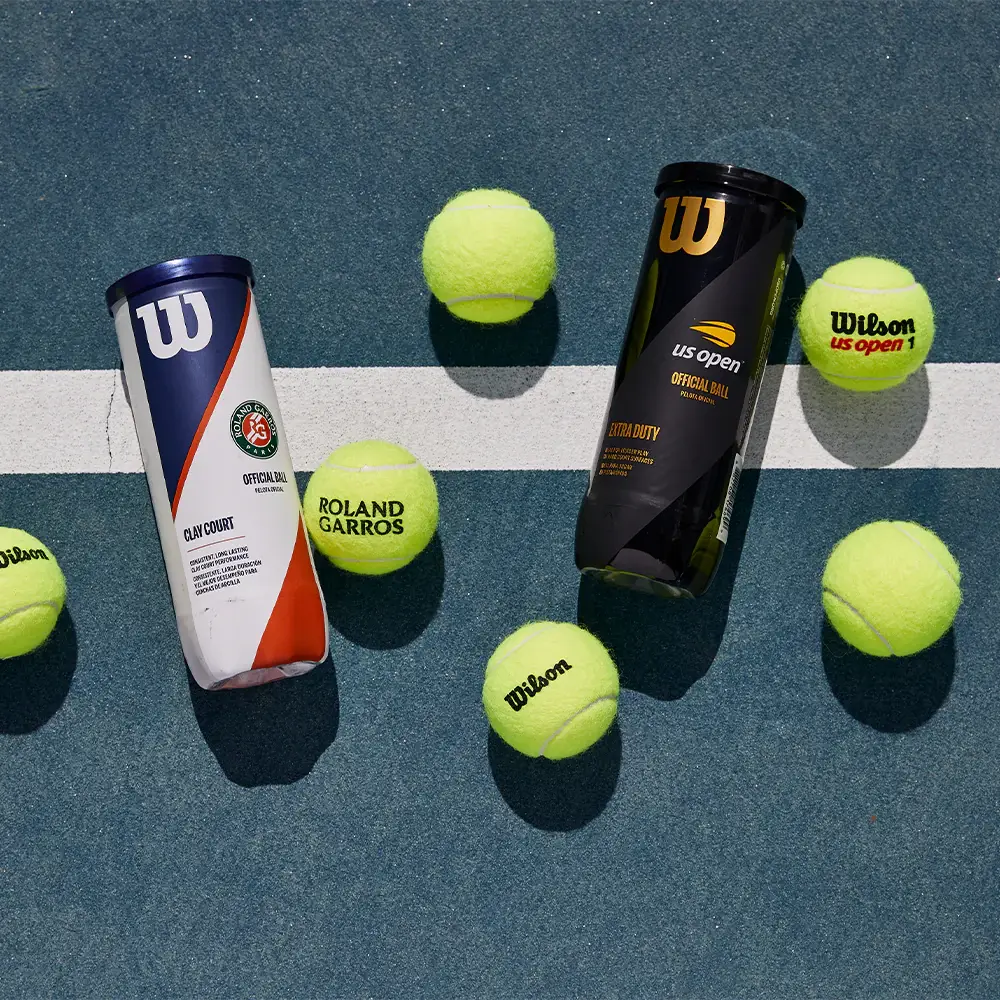
In professional matches and competitions, pressurized tennis balls are frequently utilized. They provide a variety of advantages that improve the overall gaming experience. It’s important to understand their limitations as well, though.
The Pros of Pressurized Tennis Balls

Bounce and Responsiveness
Pressurized balls have good qualities for bouncing. The ball can rebound off the ground with force and consistency because of the spring-like effect the pressurized air inside it produces. This predictable bounce is essential to keeping the game exciting and fast-paced.
Spin Potential
Additionally, pressurized balls have a more significant potential for spin. Players may generate more topspin or backspin, giving their shots additional depth and diversity due to the increased bounce and responsiveness. For experienced players trying to refine their play, this is quite helpful.
The Cons of Pressurized Tennis Balls
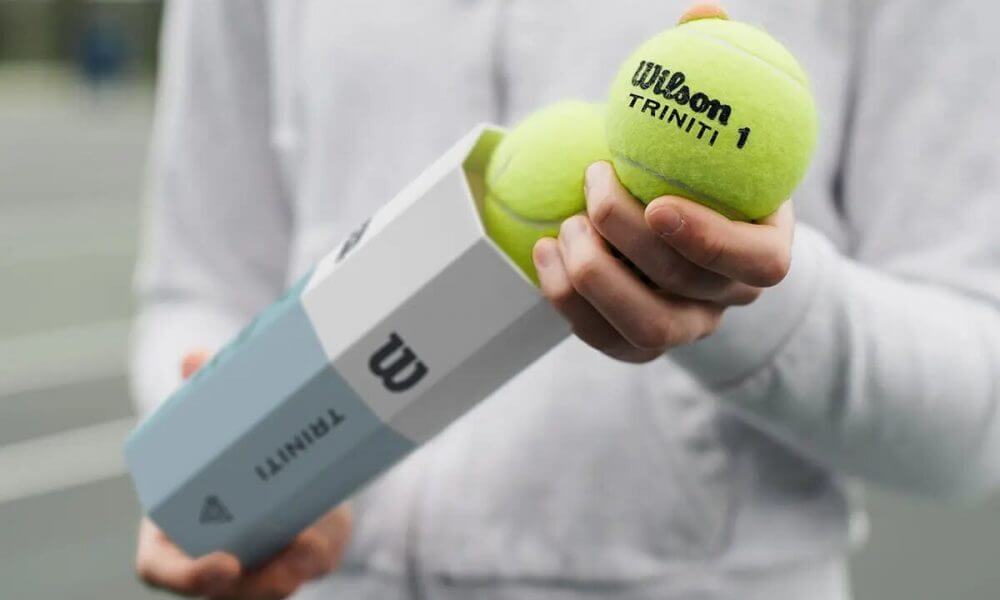
While pressurized balls provide benefits, there are a few disadvantages that players should be aware of:
Shorter Lifespan
Over time, pressurized balls typically lose some of their bounce and pressure. The ball progressively loses energy and responsiveness as the air slowly leaks out of the center. Because pressurized balls need to be replaced more frequently than non-pressurized balls, playing tennis may become more expensive.
Sensitivity to Altitude and Temperature
Pressurized balls are sensitive to variations in temperature and altitude. The pressure inside the ball may rise when exposed to high altitudes or intense heat, which could impair its effectiveness. Similarly, the pressure may drop in more excellent conditions, making the ball less active. Due to this sensitivity, it may be challenging to maintain consistent gaming in various settings.
What are Non-Pressurized Tennis Balls
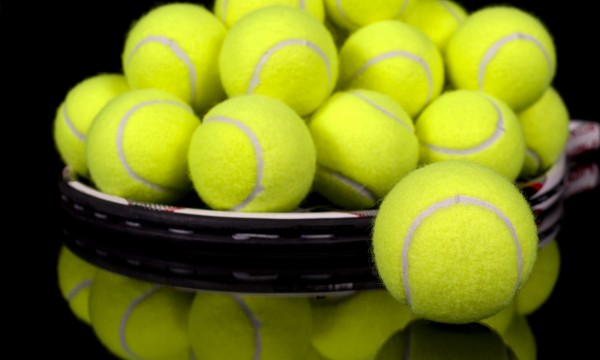
A different kind of tennis ball is a non-pressurized ball, commonly called a training or pressureless ball. They don’t have pressurized air inside the core like pressurized balls do. They instead feature a sturdy core made of rubber or materials close to it.
Compared to pressurized balls, non-pressurized balls are more robust and keep their bounce longer. They are frequently employed for training exercises, practice sessions, and leisurely games.
I’ve provided a Quora link where many people have shared their opinions and experiences for your convenience.
Non-Pressurized Tennis Balls: The Pros and Cons
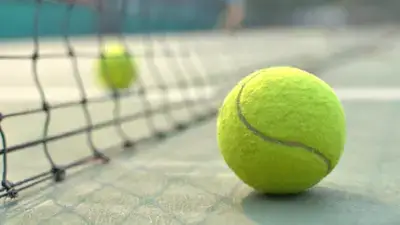
Before choosing the non-pressurized ball, it’s crucial to weigh their advantages and disadvantages. As they are ideal for particular scenarios because they each have their own set of benefits and drawbacks. Here is a brief summary of the advantages and disadvantages of the ball to help you make a wise choice.
The Pros of Non-Pressurized Tennis Balls
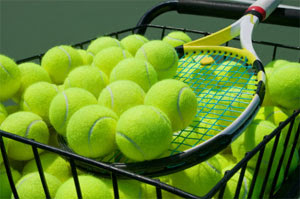
Many people are now using non-pressurized balls because of their distinctive qualities. Why certain players favor them is as follows:
Durability
Durability is one of the main benefits of non-pressurized balls. They don’t lose their bounce over time because they don’t rely on pressurized air. This implies you can use them for a prolonged time without being concerned about their performance degrading. For drills or training, non-pressurized balls are frequently utilized.
Consistent Performance
Balls that are not pressurized perform consistently over their whole existence. These balls maintain a consistent and predictable bounce compared to pressurized balls, which lose their bounce. This trait can be advantageous for new or casual players who are still honing their abilities and techniques.
The Cons of Non-Pressurized Tennis Balls
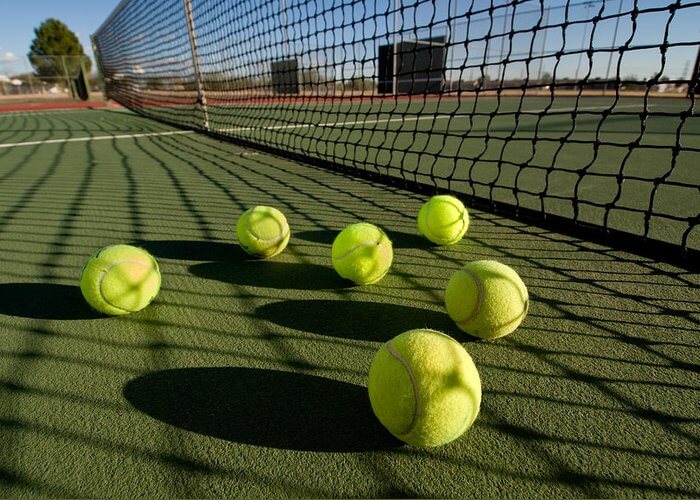
While non-pressurized balls have advantages, only some players or circumstances may benefit. Here are a few disadvantages to take into account:
Reduced Bounce and Spin Potential
In comparison to pressurized balls, non-pressurized balls have a reduced bounce. Their capacity to forcibly rebound off the ground is constrained by the absence of pressurized air inside the core.
Additionally, because non-pressurized balls are less sensitive, creating spin with them can be more difficult. Non-pressurized balls may be restrictive for advanced players who rely on solid shots and spin.
Limited Availability in Matches and Tournaments
In professional games and competitions, non-pressurized balls are not frequently utilized. Pressurized balls are typically required during formal events to ensure consistent gameplay overall matches. You must become used to playing with pressurized balls if you want to compete at a high level.
Which Type of Tennis Ball Should You Choose?

Now that we’ve explored the differences between pressurized and non-pressurized tennis balls, you might wonder which option is right for you. The choice ultimately depends on your playing style, skill level, and personal preferences. Here are some key points to consider when making your decision:
1. For Competitive and Advanced Players
Pressurized balls are the way to go if you’re a competitive player looking to compete in tournaments or matches. High-level gameplay benefits from their excellent responsiveness, bounce, and spin potential. Remember that they have a shorter lifespan and are more environmentally sensitive.
2. For Beginners and Casual Players
Non-pressurized balls may be a good option for newcomers and casual players. They are excellent for warm-up games and practice sessions since they provide constant performance and increased durability. You can progressively switch to pressurized balls as your skills advance to experience the subtle differences they bring to the game.
I’ve provided a YouTube link below for your convenience to assist you understand.
FAQs
1. Can I use non-pressurized balls in a professional match?
Professional games usually don’t use non-pressurized balls because they don’t meet official specifications. It is recommended to double-check the event’s unique guidelines before you participate.
2. How often should I replace pressurized tennis balls?
Pressurized tennis balls should be replaced more frequently compared to non-pressurized balls. The precise lifespan is influenced by usage frequency, playing surface, and personal preference. Generally, professional players often switch balls every couple of games, while amateur players might do the same after a few games.
3. Can I use non-pressurized balls for training?
Absolutely! Non-pressurized balls are frequently used for training. They are perfect for practice sessions and exercises because of their longevity and reliable performance.
4. Do pressurized balls perform differently in different altitudes?
Yes, variations in altitude can have an impact on pressurized balls. Lower air pressure inside the ball causes a less energetic bounce at higher altitudes. This aspect must be taken into account when playing in various locales.
5. Are pressurized balls more expensive than non-pressurized balls?
Pressurized balls are typically more expensive than non-pressurized balls in general. The price difference can, however, change according to the type, caliber, and number of balls you buy. When deciding what to buy, it’s a good idea to compare prices and consider your budget.
Conclusion
The difference between pressurized and non-pressurized tennis balls can significantly impact how you play. Pressurized balls have exceptional bouncing, spin potential, and responsiveness but need to be replaced more frequently and are temperature and altitude sensitive. On the other hand, non-pressurized balls have less potential for bounce and spin but offer longevity and consistent performance. When choosing the kind of tennis ball to use, consider your playing style, level of expertise, and preferences.

